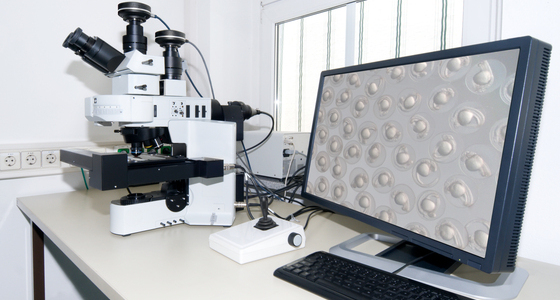Metallurgical Analysis
Atomic Echo Labs performs metallurgical analysis and failure analysis investigations of various metallic and non-metallic products and components used in the aerospace, transportation, consumer products, construction and medical device industries. Additionally, we assist our clients with product design, materials selection, product improvement and quality assurance programs involving metallurgical issues. From routine metallurgical testing to complex consulting, Atomic Echo Labs ensures the highest standard of quality for metallurgical evaluations.
Metals and alloys are critical building blocks of many products in modern society. From nanomaterials to architectural structures, metallurgical materials have a wide range of uses and applications. High-purity metals and alloys find their way in automobiles, semiconductor devices, aircraft, sputter targets, evaporation sources, magnetic media, and many more products. Accurate and precise determination of their chemical composition ensures that end users have the right materials for their specific applications.

For many applications, the surface finish of the part can affect its lifetime and stability. This is particularly important in the biomedical field. Proper surface passivation can extend the lifetime of a medical implant, improve biocompatibility and reduce toxicity.
Atomic Echo Labs Laboratories has the knowledge and means to evaluate the bulk and surface characterization to address these issues. When surface failure occurs, accurate understanding of the failure mechanism can help avoid future problems. The use of high resolution imaging tools in our metallurgy lab provides excellent information regarding failure mechanisms and the possible impact of contaminants and impurities on the failure. Atomic Echo Labs’s metallurgists have the range of tools and techniques available to address this. They are also experienced with providing litigation support and expert witness services for legal cases involving metallurgical analysis.
Metallurgical Analysis Examples
Our scientists and metallurgical experts utilize multiple analytical approaches to detect and solve problems such as:
- Fracture failure modes and origins
- Fatigue and other slow crack growth mechanisms
- Brittle and ductile failures
- Stress corrosion cracking and hydrogen embrittlement failures
- Corrosion and oxidation problems
- Contamination problems
- Wear failures
- Heat treatment problems
- Plating and surface finishing problems
- Welding, brazing and soldering problems
- Design and materials selection
- Purity evaluations of precious metals
- Determination and classification of alloys
- Conformance testing to international or industrial standards
- Lot-to-lot material comparisons for quality assurance
- Verification of purchased products
- Oxygen content measurement and certification of oxygen-free materials
- Comparisons of conforming vs. nonconforming materials
- Process monitoring of dopant/additive levels
- Certification of Pb-free solders
- Examination of grain size and structure and grain boundary analysis
- Vendor comparison studies through metallurgical analysis
- Purification process evaluations
- Surface cleanliness of metals to monitor cleaning methods
- Thickness of surface oxides in passivation layer
- Concentration of toxic Ni at the surface of NiTi (Nitinol)
- Passivation layer thickness on medical implant materials
- Surface Pb concentration determination for biomedical applications
- In situ fracture analysis of cleaved surface
- Material hardness testing
Frequently analyzed high purity materials in our metallurgy lab
- Precious metals
- Titanium
- Nickel and Ni alloys
- Molybdenum
- Copper
- Aluminum
- Indium
- Iron and steel
- Cobalt and Co alloys
- Silicon
- Rhenium
- Tungsten
- Chromium
- Tantalum
We utilize specialized instrumentation in the areas of spectroscopy, chromatography, electron and optical microscopy, thermal analysis, surface analysis and materials characterization, in order to solve challenging problems for our customers.
